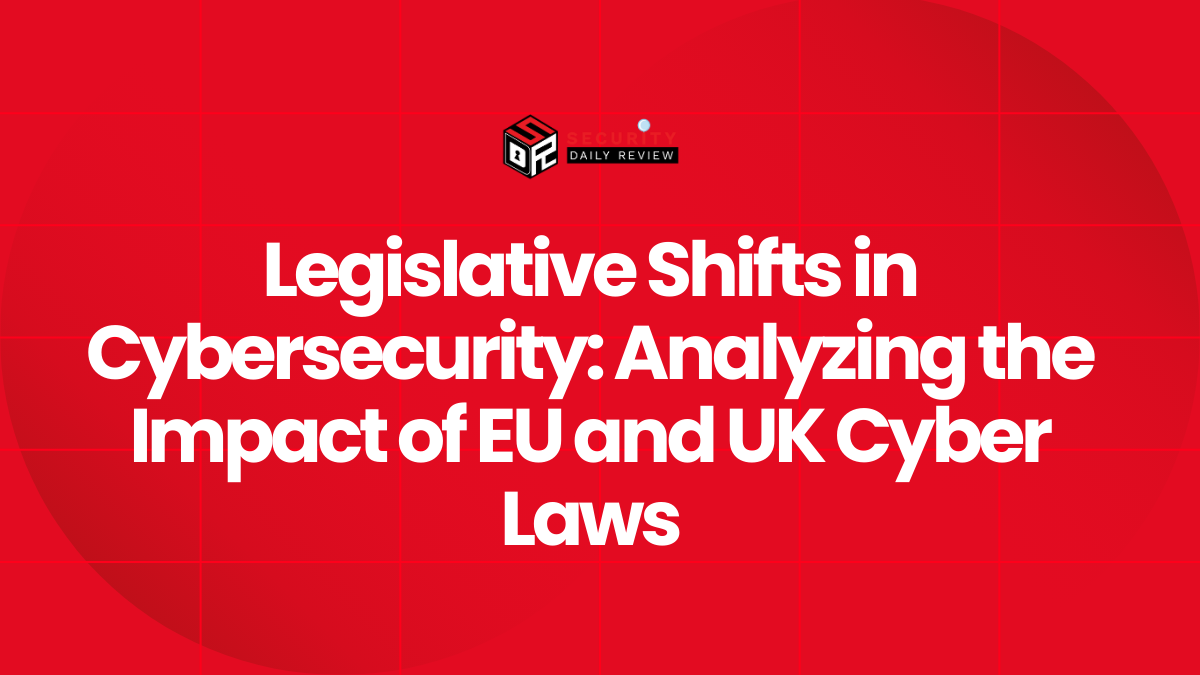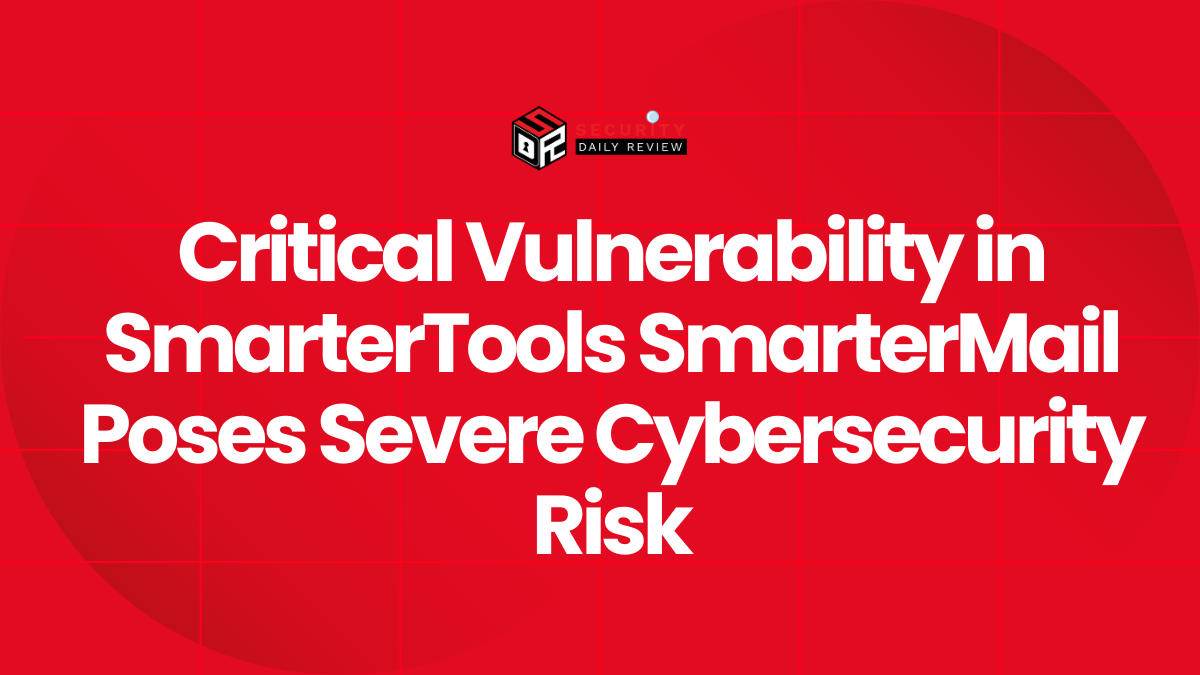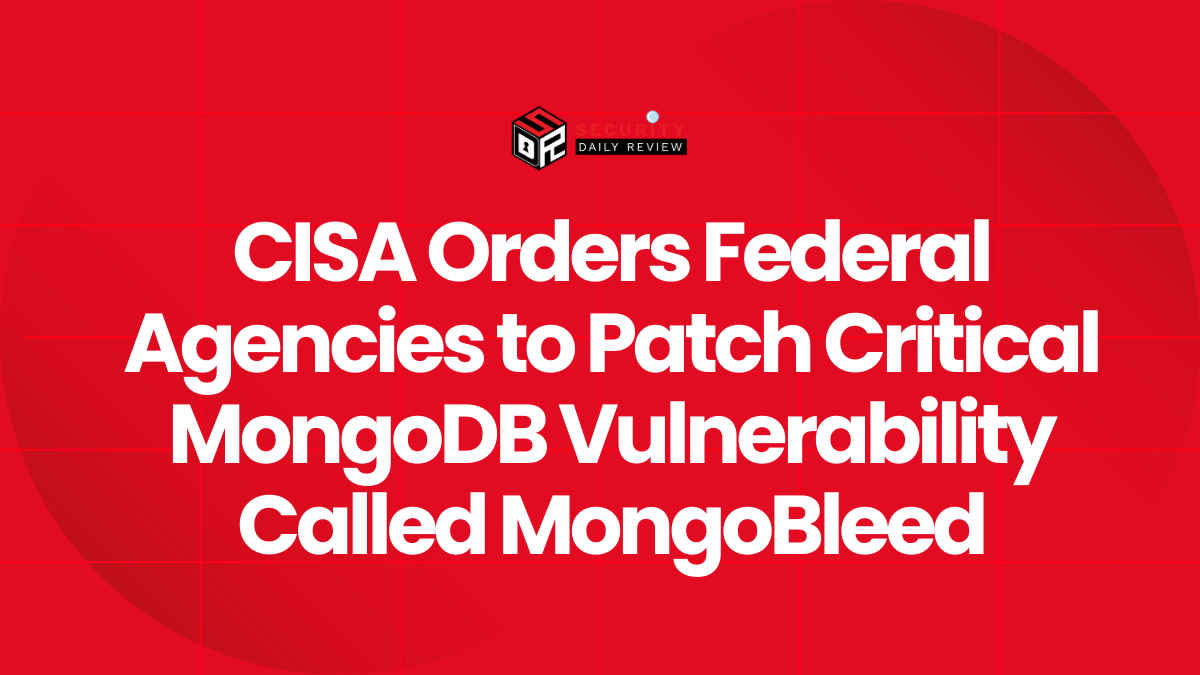As the cybersecurity threat landscape continues to evolve, governments in Europe are taking decisive steps to modernize and strengthen their cyber defenses through legislative measures. February 2025 saw the European Union formally enact the EU Cyber Solidarity Act, while the United Kingdom is preparing for the Parliamentary rollout of its Cyber Security and Resilience Bill (CSRB). Despite their distinct approaches, both legislative frameworks reflect a regional consensus on the urgency of cyber resilience, particularly in protecting critical infrastructure, digital services, and interdependent supply chains.
The EU’s Cyber Solidarity Act Seeks a Unified Cybersecurity Shield
A Pan-European Network of SOCs and AI-Powered Monitoring
The EU Cyber Solidarity Act, effective February 4, 2025, introduces a sweeping framework aimed at enhancing preparedness and collective response to cyber incidents across member states. Central to the Act is the creation of a European Cybersecurity Shield—an interconnected structure of national and cross-border Security Operations Centres (SOCs). These SOCs will serve as high-tech sentinels, leveraging Artificial Intelligence (AI) and data analytics to enable continuous monitoring, early warning, and cross-border cooperation on significant cyber threats.
This initiative is not only architectural but also financial. An additional €100 million has been allocated, bringing the total EU cybersecurity budget under the Digital Europe Programme to €842.8 million. These funds will support both the development of SOCs and the operationalization of broader protective measures, managed under the European Cybersecurity Industrial, Technology, and Research Competence Centre (ECCC).
Strategic Goals of the EU Act
The Act exemplifies a systemic approach to cybersecurity legislation:
- Detection and Response : Create interconnected SOCs to allow real-time threat detection and coordinated crisis response.
- Resource Investment : Allocate funding to bolster cybersecurity technology, research, and cross-border collaboration.
- Unified Readiness : Strengthen the EU’s collective ability to resist large-scale cyber threats, minimizing fragmentation in national cyber defense strategies.
Criticism from the European Court of Auditors
However, the Act has not gone without scrutiny. The European Court of Auditors (ECA) has raised concerns over the lack of a formal impact assessment prior to implementation. The ECA noted several key points:
- No detailed estimates of costs associated with major components such as the Cybersecurity Shield and Emergency Mechanism.
- Absence of a policy evaluation mechanism to assess effectiveness over time.
- Limited transparency due to the urgent nature of its enactment without exploring alternative policy paths.
These critiques suggest that while the ambitions of the EU Cyber Solidarity Act are far-reaching, its operational accountability and long-term viability may require more robust oversight frameworks.
The UK’s Cyber Security and Resilience Bill Prioritizes Supply Chains and Mandatory Reporting
A Modernized Legal Framework for a Complex Digital Ecosystem
In the United Kingdom, the Cyber Security and Resilience Bill announced in July 2024 signals a major policy shift aimed at increasing national cyber readiness through regulatory expansion, mandatory reporting, and stronger oversight powers.
Unlike the EU’s supranational coordination model, the CSRB takes a national legislative route to reinforce digital infrastructure resilience. The Bill targets not only traditional critical infrastructure, such as energy and healthcare, but also expands to digital services and Managed Service Providers (MSPs)—recognizing the vital role these firms play in the UK’s interconnected IT ecosystem.
Core Elements of the CSRB
The policy introduces several pivotal reforms:
- Expanded Regulatory Scope : Broader definitions of ‘essential’ and ‘digital’ services place MSPs and other IT support firms under mandatory cybersecurity regulation.
- Mandatory Incident Reporting : Entities must report cyber incidents within 24 hours and submit a detailed account within 72 hours, ensuring swift response and transparency.
- National Security Standards : The UK’s National Cyber Security Centre (NCSC) Cyber Assessment Framework (CAF) becomes the required benchmark for all regulated organizations.
- Supply Chain Security : Firms are legally obligated to assess and manage risks throughout their digital supply chains, including through contractual safeguards and technical controls.
- Enhanced Regulator Powers : Authorities are empowered to perform inspections and enforce compliance, with mechanisms also introduced for cost recovery from regulated entities.
These measures reflect the UK government’s aim to modernize cybersecurity legislation in alignment with technological complexity and evolving threat vectors.
Benefits and Challenges in the UK Approach
By integrating mandatory standards like CAF and enforcing aggressive reporting timelines, the CSRB is built for rapid incident awareness and standardized mitigation practices. At the same time, expanding regulatory burdens across the digital economy, particularly for smaller service providers, may present compliance challenges.
Yet, the Bill’s focus on legal obligations for digital supply chains is particularly significant in light of recent supply chain exploits, suggesting a deliberate move toward systemic cyber hygiene.
Takeaways for Stakeholders in Cybersecurity Policy and Strategy
Both the EU’s and UK’s legislative responses embody a shift from voluntary guidelines toward enforceable cybersecurity obligations. Here are the notable takeaways:
- Mandatory Compliance Over Voluntary Standards : Both laws signal a departure from advisory models to regulatory enforcement, with expected penalties for non-compliance.
- Expanded Definitions of Critical Infrastructure : Inclusion of MSPs and supply chains means more organizations will fall under new regulatory obligations.
- Incident Transparency Becomes Normative : Fast-moving reporting requirements, especially in the UK’s CSRB, institutionalize transparency and improve incident response readiness.
- Financial Backing vs. Regulatory Detail : While the EU’s Act benefits from substantial funding, its lack of clearly defined cost structures and performance metrics contrasts with the UK’s more granular regulatory framework but less-framed financial plan.
As these laws are implemented in 2025, cybersecurity teams in both private and public sectors must reassess their compliance strategies, reporting protocols, and supply chain risk management practices. The trend is clear: cybersecurity legislation is no longer reactive—it is becoming preventive, prescriptive, and increasingly intertwined with national resilience strategies.









